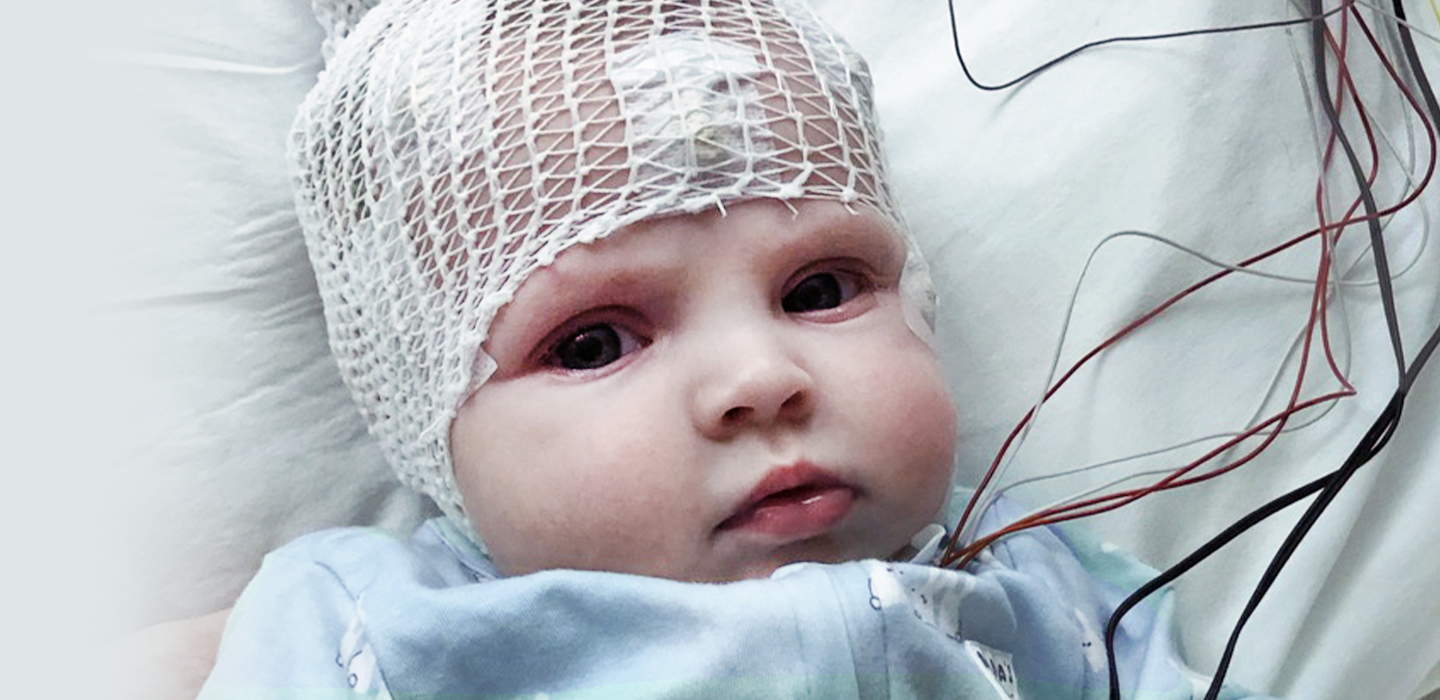Gene Therapy and the Science of Miracles
How innovative medicine is curing nature's most deadly mistakes

Vivian during her treatment at our hospital.
How innovative medicine is curing nature's most deadly mistakes
